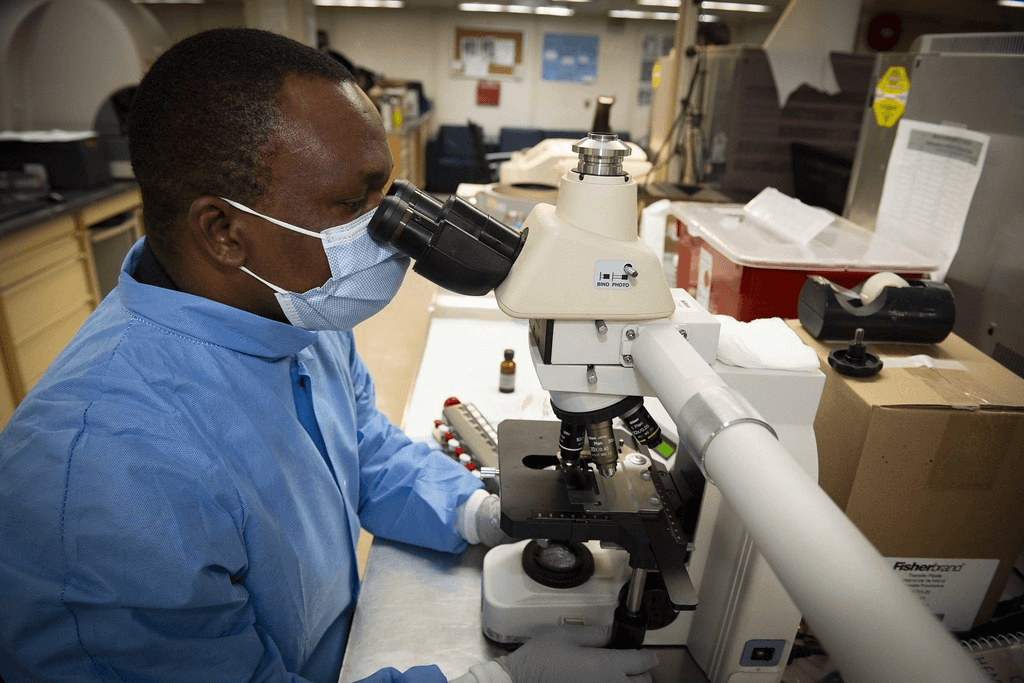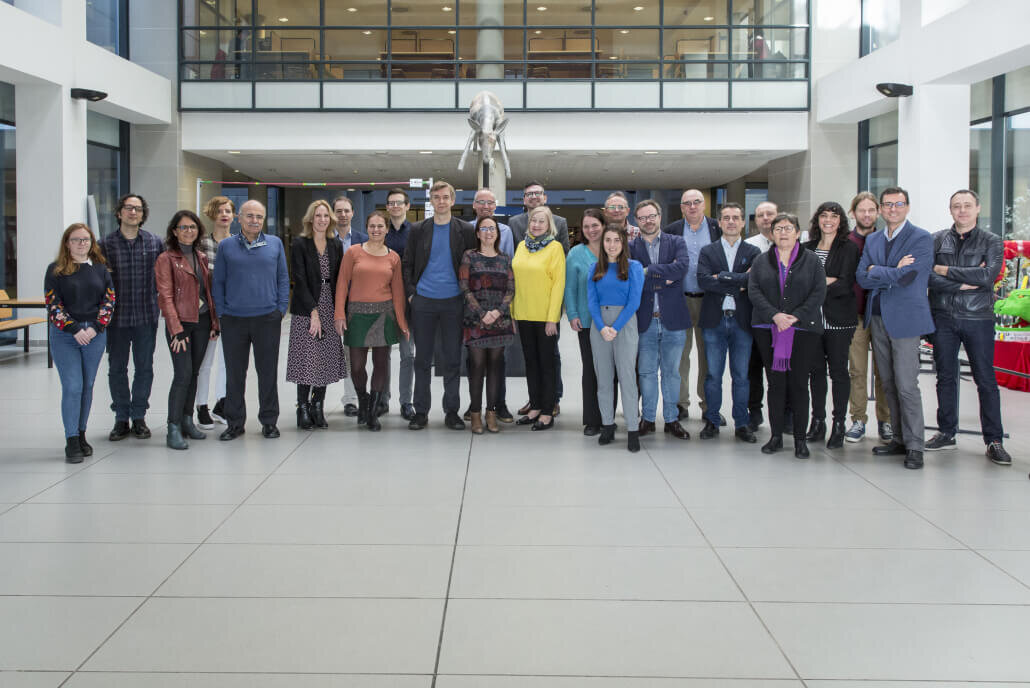Education can take advantage of this natural curiosity to develop important skills and to attract more girls, boys and young people to STEM areas.
Photo: Bigstock.
The fascination with the mysteries that exist in the cosmos – in its stars, satellites, planets, galaxies, nebulae and more – is universal. For centuries, millions of people around the world have been interested in this topic. In the United States alone, there are 450 astronomy clubs, according to the Astronomical Society of the Pacific. Another example is the millions of reactions on social networks that were provoked due to the first image of a black hole, obtained on April 10, 2019.
What does today's black hole image news mean? Our @ChandraXRay Observatory team puts it into perspective and shares just what a difficult feat it was for @NSF and @EHTelescope to obtain the new black hole image. Read more about #EHTBlackHole: https://t.co/s9xoxt8l3S pic.twitter.com/TQD8HSdbGG
— NASA (@NASA) April 10, 2019
In a specialized way, astronomy is the science that is responsible for studying the universe. But what is the role of this discipline in education today? Why should its inclusion in educational plans be more encouraged? What tools and resources are there for teachers to teach this subject?
Why is it important for education to connect students with astronomy?
“Astronomy should be part of our education system”, according to PhD in astronomy, John R. Percy. He stated this idea in his speech for the International Astronomical Union Colloquium, in 1998. “In a school context, [astronomy] demonstrates an alternative approach to the “scientific method” – the observation vs. theory approach. It can attract young people to study science and engineering, and can increase public interest and understanding of science and technology – both of which are important in all countries, both developed and developing”.
In the same speech, Percy adds that there are many phenomena and current problems linked to astronomy such as: the seasons, navigation, climate change and biological evolution. Astronomy, he explains, goes beyond physics and other exact sciences. For all the above reasons, it can and should be incorporated into education. In his words, astronomy is about the origin of life and therefore it has the ability to promote curiosity, imagination, the sense of exploration and shared discovery.
Another reason: astronomy can contribute significantly to the construction of the 21st century workforce. This idea appears in the book of the National Research Council and the Astronomy and Astrophysics Surveys Committee, Astronomy and Astrophysics in the New Millennium: Panel Reports (2002).
“Astronomical concepts and images have a universal appeal, inspiring wonder and resonating uniquely with human questions about our nature and our place in the universe. This widespread interest in astronomy can be tapped not only to increase knowledge and understanding on the part of students and the public alike, but also to illuminate the nature of science, as well as its power and limitations in shaping our future,” explain the authors. “Moreover, the interdisciplinary nature of astronomy and its natural links with technology and instrumentation position the field to contribute significantly to building a strong technical workforce for the 21st century.”
Trends and resources to teach astronomy in classrooms
The possibilities for incorporating astronomy topics in the classroom -according to the grade and age of the students- are broad. Online, for example, there are options such as open courses, free access books, didactic games, exercises and experiments.
Below are some international astronomy institutions that have useful educational resources.
NASA for educators
It offers a digital collection of earth and space science resources for educators of all levels – from elementary to college, to out-of-school programs. Resources can be searched by subject, grade level, type and keyword. Lesson plans and teaching materials are made to support the STEM curriculum.
https://www.nasa.gov/stem/foreducators
American Astronomical Society (AAS)
The AAS has created a list of references for classroom resources and science education standards. It includes materials for K-12, undergraduate and graduate levels, as well as programs and resources for teacher education and professional development.
https://aas.org/education/EducatorResources
STEAM Learning
The article, Resources for teaching astronomy in UK schools, collects a variety of free resources that can be used in the classroom to help engage students of all ages with astronomy and space science. It includes websites, software, projects and more.
Stardome Observatory Planetarium
The Stardome Observatory Planetarium is located in New Zealand. It offers an education resource library, created to help make teaching science and astronomy easy, fun and interactive. Each resource includes easy to digest information on a select topic followed by related activities that can be incorporated into teaching.
https://www.stardome.org.nz/education-resources/library/
European Space Education Resource Office (ESERO)
ESERO is a project of the European Space Agency (ESA). It’s objective is to support the education of Science and Technology in primary and secondary schools and to encourage scientific vocations, making use of context in space.
https://www.stem.org.uk/esero/
References
Percy, J. R. (1998). Astronomy education: An international perspective. In International Astronomical Union Colloquium (Vol. 162, pp. 2-6). Cambridge University Press. Recuperado de: https://www.cambridge.org/core/services/aop-cambridge-core/content/view/760F90CA2CD44A5D4C864D89B7916850/S025292110011468Xa.pdf/astronomy_education_an_international_perspective.pdf
Astronomical Society of the Pacific. (Sin fecha) Amateur Astronomers. Retrieved from: https://www.astrosociety.org/education/amateur-astronomy/
Board, S. S., National Research Council, & Astronomy and Astrophy
sics Survey Committee. (2002). Astronomy and Astrophysics in the New Millennium: Panel Reports. National Academies Press.
This article from Observatory of the Institute for the Future of Education may be shared under the terms of the license CC BY-NC-SA 4.0 
)
)











)
Sofía García-Bullé
Sofía García-Bullé
Sofía García-Bullé